Key Concepts in Topography
- Contour Lines: These are lines on a map that connect points of equal elevation. They help visualize the shape of the land and indicate the steepness of slopes.
- Elevation: This refers to the height above a reference point, usually sea level. It is often represented in meters or feet.
- Relief: The difference in elevation between the highest and lowest points within a specific area. It gives an indication of the ruggedness of the terrain.
- Scale: The relationship between distances on the map and the corresponding distances on the Earth's surface. It allows for accurate measurements and calculations.
Topographic Map Reading
To effectively interpret a topographic map, you should understand how to read and interpret its various elements. These elements include contour lines, symbols, colors, and legends. Here are some key points to consider:- Contour lines close together indicate steep terrain, while widely spaced contour lines represent gentle slopes.
- Understanding map symbols and colors is crucial for identifying features such as roads, rivers, forests, and buildings.
- The legend or key provides essential information about the map's symbols and colors, enabling you to interpret the map accurately.
Applications of Topography
Topography has diverse applications in different fields, including:- Geography: Understanding the physical characteristics of a region, including its elevation, slope, and landforms.
- Geology: Identifying rock formations, fault lines, and other geological features crucial for exploration and environmental management.
- Urban Planning: Assessing the suitability of land for construction, infrastructure development, and flood risk assessment.
- Environmental Science: Studying watersheds, erosion patterns, and ecological habitats to inform conservation efforts and land management.
[Topography] Related Worksheets and Study Guides:
.◂Biology Worksheets and Study Guides High School. Introduction to animals
Worksheet/Answer key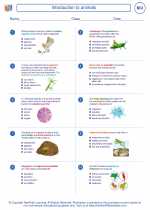 Introduction to animals
Introduction to animals  Worksheet/Answer key
Worksheet/Answer key Introduction to animals
Introduction to animals  Worksheet/Answer key
Worksheet/Answer key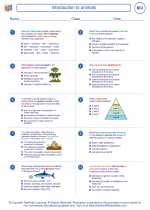 Introduction to animals
Introduction to animals  Worksheet/Answer key
Worksheet/Answer key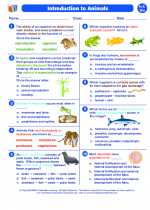 Introduction to animals
Introduction to animals  Vocabulary/Answer key
Vocabulary/Answer key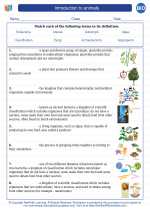 Introduction to animals
Introduction to animals  Vocabulary/Answer key
Vocabulary/Answer key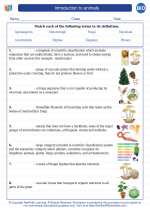 Introduction to animals
Introduction to animals  Vocabulary/Answer key
Vocabulary/Answer key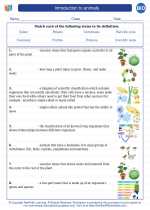 Introduction to animals
Introduction to animals 

 Worksheet/Answer key
Worksheet/Answer key
 Worksheet/Answer key
Worksheet/Answer key
 Worksheet/Answer key
Worksheet/Answer key
 Vocabulary/Answer key
Vocabulary/Answer key
 Vocabulary/Answer key
Vocabulary/Answer key
 Vocabulary/Answer key
Vocabulary/Answer key

The resources above cover the following skills:
Concepts of Life Science (SC1, SC2, SC3)
The student demonstrates an understanding of the structure, function, behavior, development, life cycles, and diversity of living organisms by describing the structure-function relationship